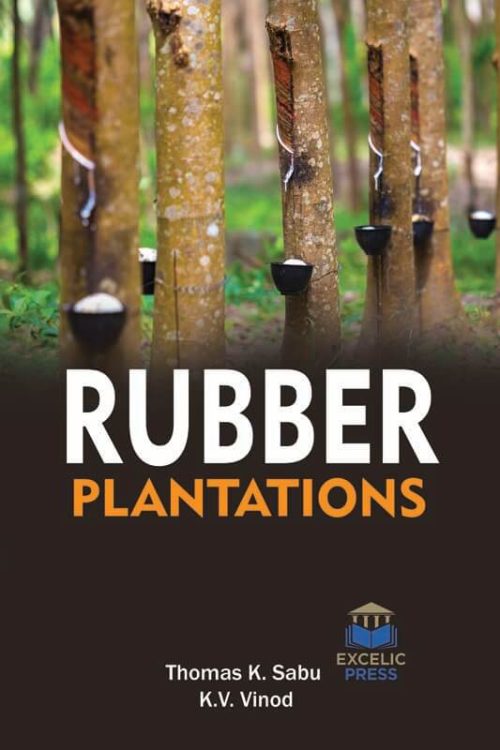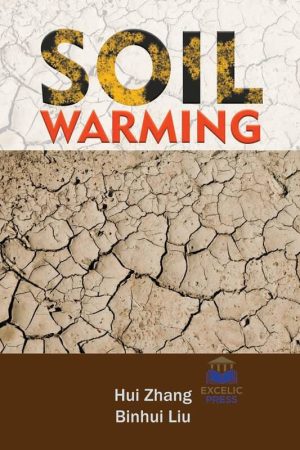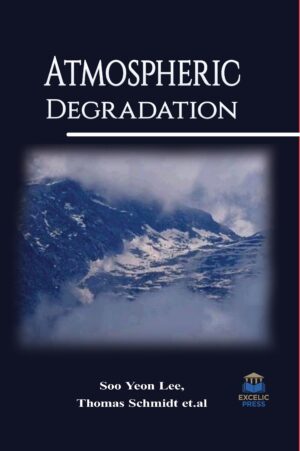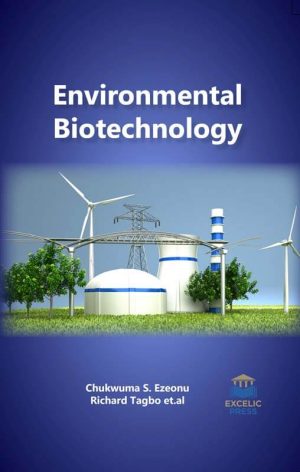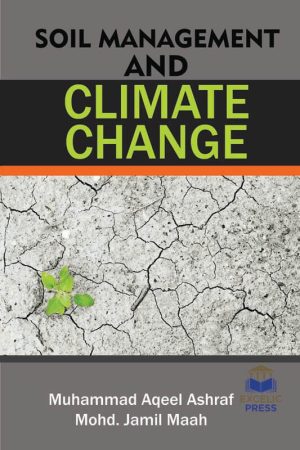Description
Over recent decades, commercial plantations of rubber trees have expanded rapidly across tropical areas around the world, especially in the uplands of Southeast Asia. Rubber is a significant agricultural plantation in the tropical region. It is rapidly increasing into both climatically optimal and sub-optimal environments in practically all rubber growing countries throughout the world. These plantations have largely encroached on lands that were covered by forests, including land used for annual cropping as part of rainfed rice-based shifting cultivation systems. Large areas of natural forests, degraded forests and other crops have been cleared to grow rubber plantations, which is emerging as the widest spread smallholder tree crops.
This book provides comprehensive coverage of the information that is concerned with rubber cultivation and the rubber industry. Life history, aggregation, and dormancy of rubber plantation litter beetle Luprops tristisFabricius are described. In this book, we aimed at examining the role of natural rubber cultivation as a source of income for rural communities as well as a potential source of ecological damage. We reviewed existing scientific literature and data sources on natural rubber cultivation, particularly in South East Asia. Over the last decade, rubber cultivation has expanded rapidly throughout South-East Asia in order to meet the demand for natural rubber, especially in expanding economies such as China and India as well as on a global scale. Since the industrial age, fossil resources have been utilized to provide human societies with materials and energy. The associated increase in atmospheric concentrations of carbon dioxide and other greenhouse gases (GHG), however, has forced policy-makers to acknowledge climate change as an imminent threat to human wellbeing and has accelerated the transition to post-fossil societies. One promising and currently underutilized biodiesel feedstock alternative is crude rubber seed oil (CRSO). So, this book also focuses on the use of seeds of rubber as a biodiesel feedstock source. The last chapter of the book concludes that the rapid expansion of rubber plantations into higher elevations, steeper terrain, and into nature reserves poses a serious threat to biodiversity and environmental services while not producing the expected economic returns. Therefore, it is essential that local governments develop long-term land-use
strategies for balancing economic benefits with environmental sustainability, as well as for assisting farmers with the selection of land suitable for rubber production.

